
Characteristic features and economic importance of family Compositae or Asteraceae
This family is also known as Daisy family. It includes the plants that are normally cultivated for ornamental flowers as well as for oil value. […]

This family is also known as Daisy family. It includes the plants that are normally cultivated for ornamental flowers as well as for oil value. […]
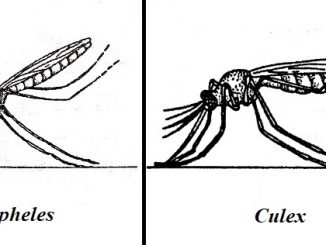
S.N. Anopheles Culex A. Egg Egg 1. They are laid horizontally and singly on the water surface. They are laid vertically in cluster (or raft […]
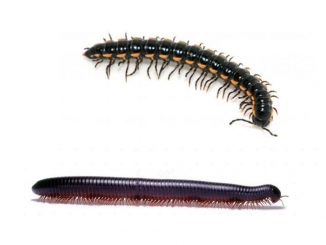
S.N. Centipedes Millipedes 1. The body is dorso-ventrally flat. The body is cylindrical. 2. The body is divided into two segments; head and trunk. The […]
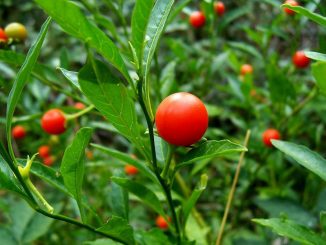
This is a family of wide distribution. Plants are terrestrial and are adapted to grow in temperate and tropical places, growing wild in shady places. […]

This family is also known as Papilionaceae or Fabaceae or commonly known as pea family. It is considered to be the second largest family of […]
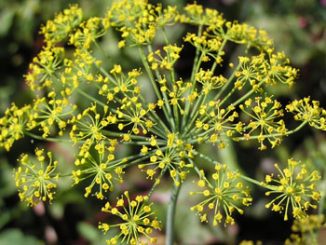
Inflorescence is the reproductive shoot, bearing a number of flowers. It may be terminal or axillary in position. It is of two types; viz. racemose […]
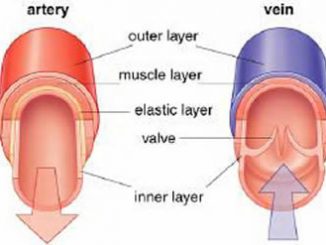
S.N. Arteries Veins 1. Arteries carry blood away from the heart and distribute to different body parts. Veins bring blood from different body parts […]
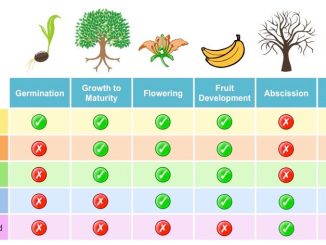
E. Starling coined the term “hormone” in connection with the discovery of Secretin. Hormones are organic compounds secreted in small quantities that regulate the plant’s […]
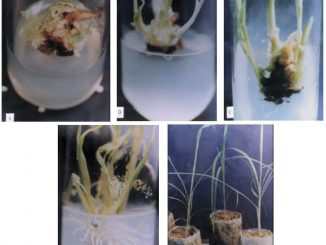
Plant tissue culture is an in-vitro culture or growth of cells, tissues or organs of plant in a sterile condition and well formulated media to […]
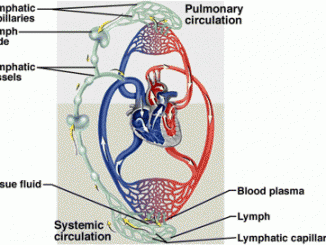
S.N. Blood Lymph 1. It is a fluid connective tissue which is red in color. It is a colorless fluid connective tissue. 2. It is […]
Copyright © 2025 | WordPress Theme by MH Themes